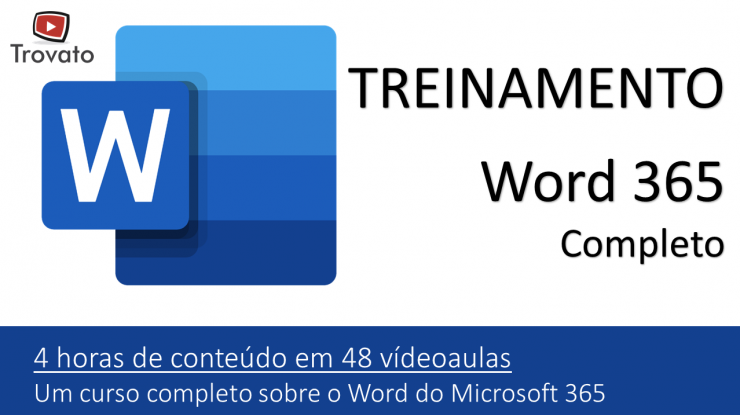

You can:Īdd multiple levels of related and unrelated tables for a selected record to make data in Business Central available for use in Word templates by choosing the Add unrelated entity action on the Word Templates Related Entities page.Ĭhange prefixes for related and unrelated entities in the Prefix column. You can create Word templates and apply them by choosing the Apply Word Templates action for specific customers, vendors, and contacts, or for specific interactions that you have with them.

This can help increase customer engagement and drive sales. Templated emails and documents can be used for marketing and sales purposes, such as promoting new products or services, offering discounts, or announcing upcoming events. This can help build stronger relationships with customers and increase customer loyalty. For example, their name, order history, or preferences. Emails and documents based on Word templates are templated, but businesses can personalize them by including customer-specific information. Emails or documents based on Word templates ensure consistency in messaging and branding, which can help establish strong brand identity and recognition. For example, rather than creating individual communications for each customer or vendor, they can create the same communication for all of them. If the app is removed but remains on a disk, you can re-register it using its XML manifest file:Īdd-AppxPackage -Register "$env:windir\SystemApps\_cw5n1h2txyewy\Appxmanifest.Creating emails or documents based on Word templates saves businesses time and resources. Get-AppxPackage |select Name,PackageFamilyName,InstallLocation,Status|fl Use the following PowerShell command to make sure that app is installed: If this built-in UWP (APPX) app has been removed from Windows, a user may have problems when using Modern Authentication. In Windows 10, to make Modern Auth work correctly, a special AAD broker plugin must be installed. When using Microsoft Auth, the app doesn’t store user credentials and uses token-based authentication. Modern Authentication is based on ADAL (Active Directory Authentication Library) and OAuth 2.0. Also, note that Outlook 2010 doesn’t support Modern Auth. So the solution when you disable EnableADAL will bring you additional troubles in some time. In 2022, Microsoft is going to completely disable Basic Authentication for all tenants still using it. By default, Modern Authentication is enabled for all new Microsoft 365 tenants since August 2017.


 0 kommentar(er)
0 kommentar(er)
